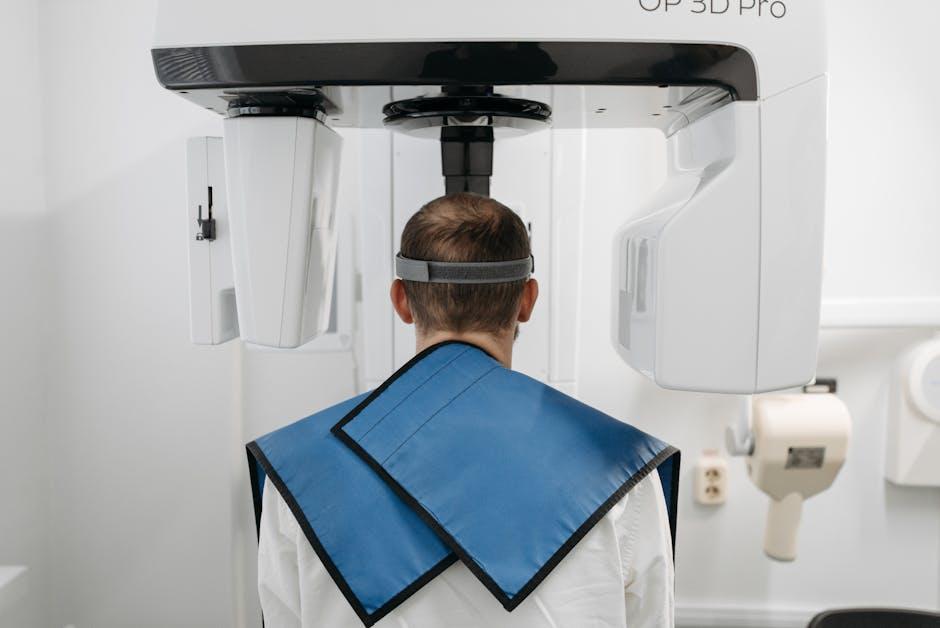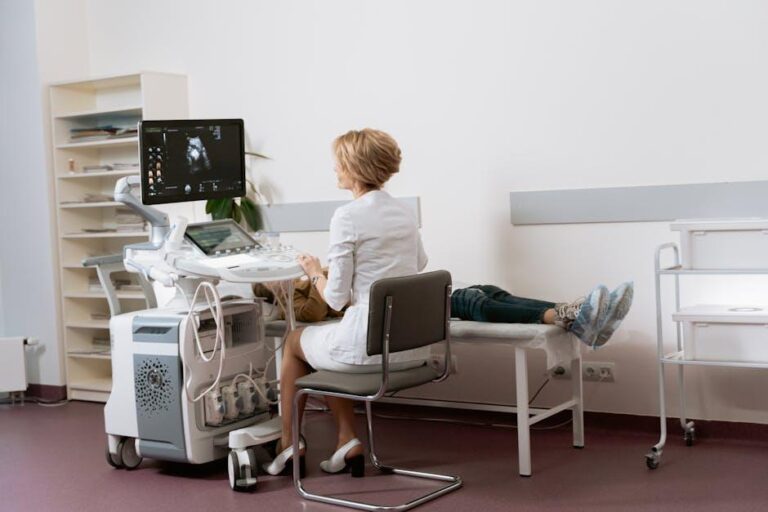
3D Scans & Future Dental Tech with Zelko Relic, Align Technology – TechInformed
In today’s rapidly evolving dental landscape, technological innovations such as 3D scans are reshaping how dentists diagnose, treat, and care for patients. One of the driving forces behind this revolution is Align Technology, a pioneer in digital orthodontics. Recently, industry expert Zelko Relic shared valuable insights on how 3D scanning and emerging dental tech are transforming patient experiences and clinical outcomes. In this comprehensive article, we dive deep into the world of 3D scans and future dental technology, revealing how these advances could change the face of dentistry.
Understanding 3D Scans in Dentistry
3D scanning technology in dentistry involves capturing detailed three-dimensional images of a patient’s teeth and oral structures. Unlike traditional impression methods, 3D scanners utilize sophisticated optical sensors and software to create precise digital models.
How 3D Dental Scanning Works
- Optical Capture: A handheld scanner emits light to capture multiple images inside the mouth.
- Data Processing: Specialized software stitches the images together into a detailed 3D digital impression.
- Digital Model Creation: The results produce accurate models ideal for diagnosis, treatment planning, and appliance fabrication.
The accuracy and speed of 3D dental scans are unparalleled, offering both clinicians and patients numerous advantages.
The Role of Zelko Relic & Align Technology
Zelko Relic, a leading figure at Align Technology, has been at the forefront of integrating 3D scanning into routine orthodontic workflows. Align Technology, best known for its Invisalign clear aligners, leverages 3D scans to enhance treatment precision and patient comfort dramatically.
Align Technology’s Innovation Highlights
- Intraoral Scanners: Devices like the iTero scanner transform how dental impressions are taken by capturing crystal-clear digital models in minutes.
- Digital Treatment Planning: Using 3D scans, orthodontists create custom treatment sequences for invisible aligners with improved fit and outcomes.
- Remote Monitoring: Cutting-edge AI and remote scan capture allow dentists to monitor patient progress without frequent office visits.
Zelko emphasizes that the integration of 3D scans unlocks new levels of personalization and speed, bringing dentistry into the digital age.
Benefits of 3D Scanning in Modern Dentistry
| Benefit | Description | Impact |
|---|---|---|
| Precision & Accuracy | Highly detailed digital impressions reduce errors common with traditional molds. | Better-fitting restorations and appliances |
| Patient Comfort | No messy impression material, reducing discomfort and gag reflex. | Improved patient satisfaction |
| Efficient Workflow | Immediate digital data upload speeds up treatment planning and manufacturing. | Faster treatment cycles |
| Enhanced Communication | Visual 3D models help dentists explain treatments effectively. | Better patient understanding and acceptance |
Future of Dental Technology: Insights from Zelko Relic
Zelko Relic forecasts a future where 3D scanning is just the beginning of a fully integrated digital dental ecosystem. Key future trends include:
1. Artificial Intelligence Integration
AI will analyze 3D scans quickly, spotting potential issues and suggesting personalized treatment plans with greater accuracy than ever before.
2. Augmented Reality (AR) in Treatment Planning
Dentists could use AR glasses to visualize patient teeth and treatment simulations in real-time during appointments.
3. Tele-dentistry & Remote Monitoring
Combining 3D scans with remote consultations will extend access to care and make ongoing treatment progress easier to monitor.
4. 3D Printing Advancements
More sophisticated 3D printers will fabricate restorations, aligners, crowns, and dentures quickly and cost-effectively from scan data.
Practical Tips for Dental Practices Adopting 3D Scanning Technology
- Invest in Training: Ensure your dental team is properly trained to maximize the capabilities of 3D scanners.
- Choose the Right Scanner: Evaluate scanner options based on accuracy, ease of use, integration with treatment planning software, and support.
- Incorporate Patient Education: Use 3D visuals to explain procedures and set patient expectations clearly.
- Streamline Workflow: Integrate 3D scan data with digital labs and appliances suppliers for a seamless treatment process.
Case Study: Invisalign Treatment Enhanced by 3D Scanning
A mid-sized orthodontic practice integrated Align Technology’s iTero intraoral scanner in 2022. Here’s an overview of the outcomes after 1 year:
| Metric | Before 3D Scanning | After 3D Scanning |
|---|---|---|
| Average Appointment Duration | 45 minutes (impression + consultation) | 30 minutes |
| Number of Remakes / Adjustments | 15% | 5% |
| Patient Satisfaction Rate | 82% | 95% |
This case highlights how 3D scans not only enhance clinical efficiency but also significantly increase patient satisfaction and trust.
Conclusion
3D scans are a cornerstone of the future of dental technology, offering unmatched precision, comfort, and efficiency. As Zelko Relic of Align Technology points out, this innovation is more than just a tool — it’s transforming the entire dental care experience. Dental professionals embracing digital workflows today position themselves to deliver better outcomes, faster treatments, and happier patients. If your practice is ready to leap into the future, integrating 3D scanning technology is a clear first step towards smarter, patient-centered dental care.
Stay ahead of the curve with continuous learning and by partnering with trusted technology leaders like Align Technology — because the future of dentistry is digital, personalized, and interconnected.


